#traditional chinese characters
Explore tagged Tumblr posts
Text

Sun Wukong traditional style art
I love the game btw I am so bad at it but I love it
#jttw sun wukong#sun wukong#black myth wukong#sun wukong fanart#monkey king#the monkey king#artists on tumblr#character art#artwork#my art#original art#traditional illustration#traditional art#chinese#chinese art#ink drawing#ink#ink art#black myth#journey to the west#jttw fanart#jttw#gaming
316 notes
·
View notes
Text

#sf6 chun li#chun li#street fighter 6#street fighter#traditional clothing#chinese clothes#3d#3d render#3d character#game character#black hair#thigh muscle
153 notes
·
View notes
Text
If you want to describe your characters as autistic without explicitly saying they are autistic, you csn say they have the lonely disorder.
In China, the word for mild autism (higher functioning autism, level 1, low support needs, whatever you call it, you know what I mean) literally translated to "lonely disorder" which I love so much. So damn accurate 🥲🥲🥲🥲🥲 狐独症 gū dú zhèng
The word for a more severe autism is 自闭症 self enclosed disorder, zì bì zhèng. My autism is more mild so I can't speak as to whether I like that, as a translation.
A bit of writing tips!
#autism#writing disability#writing autistic characters#chinese language#chinese langblr#chinese culture#traditional chinese culture#china#languages#linguistics#lan wangji#autistic lan wangji#autistic lan zhan#actually autistic#the Chinese do not sugarcoat#it's a very blunt language and i love it#actuallyautistic#the untamed#lan zhan#autistic#mdzs#character writing tips#character writing#writing tips#writing advice#writing help#writing resources
284 notes
·
View notes
Text
Phrase of the day:
吃飽太閒 chī bǎo tài xián / having nothing better to do
「阿明吃飽太閒,蹲著用放大鏡燒報紙,真是無聊!」
#i was looking at the comments on a photo wherein someone had asked the purpose of a rock arrangement on the beach#and someone said 吃飽太閒的人用的#mandarin#chinese#traditional characters#word of the day
24 notes
·
View notes
Text
On Standards, Variants & Mix-ups
標準、異體以及混亂字
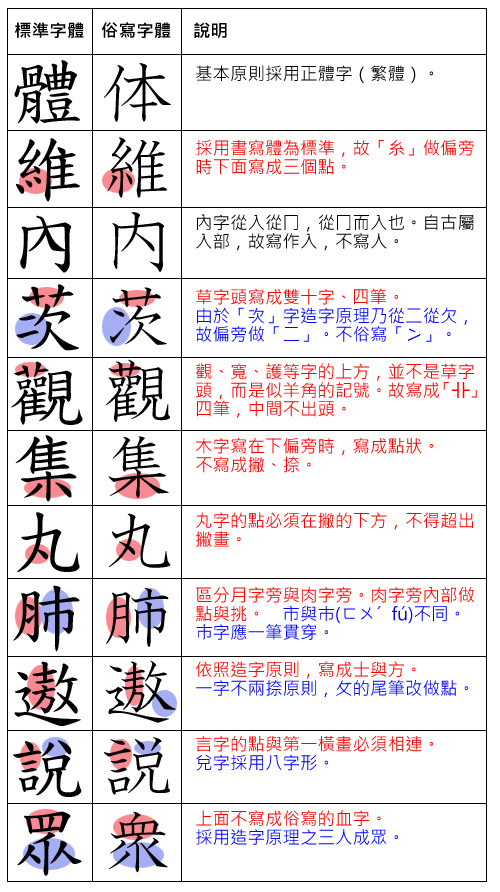
Stumbled upon this picture ↑ and this interesting, albeit, rather old webpage (article's from 2007) recently, where the author touches on the topic of “Standardised” and Variant Characters and some examples of the differences between Hong Kong and Taiwan style 繁體字 (Traditional characters).
“Standardised”, put in quotes because what's considered a Standard may be subject to changes any time.
What caught my eye was the characters for 「茨」、「丸」 and 「遨」 in particular, because while I knew about the other characters and their 異體 (variants) shown here, I never noticed/knew about the slight differences between the “Standard” (標準字體) and Popular (俗寫字體) variants for 「茨」、「丸」 and 「遨」 before, (no) thanks too to the added confusion brought on by font styles sometimes!
I realise in the grand scheme of things, especially as we go farther still into this digital age (and not forgetting about changing Standards every now and then), minor discrepancies in font styles are not going to really matter. But if one feels like being pedantic; wanna be “more correct” and all that…then this is something worth taking note of! (笑)
While I'm taking notes, I only realised now too that technically, characters like 「讀」、「續」、「犢」、「竇」 and 「櫝」 should be written with a
「*𧶠」 [🇭🇰🇲🇴 juk⁶; 🀄 ㄩˋ/yǜ]
*n.b.: in case it still can't be seen clearly, the 「罒」 is actually a compressed 「四」.
phonetic component rather than a
「賣」 [🇭🇰🇲🇴 maai⁶; 🀄 ㄇㄞˋ/mài]
This revelation certainly makes it clearer now why 「讀」、「續」、「犢」、「竇」 and 「櫝」 are pronounced with an ‘ㄨ/u; ㄩ/yü’ sound!
So have I been writing 「讀」 (and all other relevant characters) “wrongly” all this while?! (囧) Depending on what “Standards” one goes by I guess, confusing computer font styles notwithstanding! (笑)

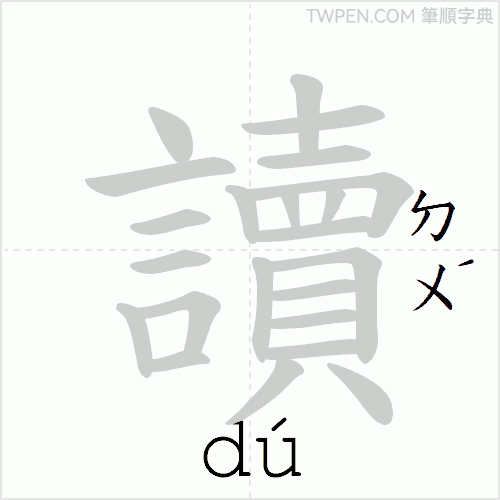
56 notes
·
View notes
Text

除夕快乐!
新年快乐!
#hanfu#hanfu movement#my original characters#traditional costume#chinese hanfu#hanfugirl#hanfu chinese#digital painting
43 notes
·
View notes
Text

What a cutie.
#my art#traditional art#art#pencil crayons#guiying#avari elf#the avari#avari oc#tolkien oc#elf oc#avari elves#lotr#the silmarillion#the hobbit#tolkein fanart#original character#oc#tolkien#chinese fashion
22 notes
·
View notes
Text
Okay, but this whole thing about RedNote and how content creators I have a lot of respect for are looking like absolute tools over spreading the misinformation that the app is named after Mao's Quotations is a real disappointment.
How is it we know that Chinese culture has a lot of red, that literally dates back centuries, as a symbol of happiness and prosperity, but simultaneously think a shopping app is red because communism.
The misinformation is real.
#the traditional chinese characters are not the same#the alphabet is literally pictures#if they meant the same thing#they would be the same#it makes more sense as a red envelope#rednote#dont trust americans
19 notes
·
View notes
Text

“Sun Lokong,” a fusion I created a few years ago of Sun Wukong and Loki.
#norse mythology#chinese mythology#sun wukong#mcu loki#traditional art#lineart#character fusion#anthro#anthro art
16 notes
·
View notes
Text

Taken at a buddhist temple (Templo Zulai) in Sao Paulo.
Why does it mix traditional amd simplified characters like that?
11 notes
·
View notes
Text



my ocs + traditional media ✍️
(first one in watercolor, later two in chinese painting!)
#art#illustration#character art#bunfish ocs#character design#traditional media#traditional art#watercolor#chinese painting#nomad goatherd star#wigglybunfish#tibet
36 notes
·
View notes
Text
Today while in a compromising position I was trying to ask a friend if my butt crack was showing, I was like 那個叫什麼,屁股縫嗎? No, she tells me, it's 股溝 gǔgōu...I thought of "butt gutter" and started laughing, which didn't make my predicament any better but I'm glad I have gained this critical vocabulary.
40 notes
·
View notes
Text
So I've been playing around with Cāngjié…
And I thought a post like this (similar to a post on Zhùyīn done by linghxr) may be of interest to some.
Edited: 10 Sep 2023
This post has gotten a little popular lately and on scrutinizing my own post again, I've come to the conclusion that I had made some mistakes in my given character examples.
Amended now. Namely, 「唔」 and 「龍」 have now been swapped over in the examples.
「唔」 is really the “3-parts”, and 「龍」 is indeed a “2-parts” character! Amendments are reflected in orange.
What (and who) is Cāngjié?
For those who may not know, Cāngjié is another way to input 漢字/汉字 (Hànzì — Chinese characters). It is way less popular than Pinyin (or even Zhuyin) but it still has its fans, and has a few advantages over the other two.
Cāngjié is also the name of the mythical figure in Chinese legend who is said to have been the inventor of 漢字/汉字, for which Cāngjié (the input system) was named after.
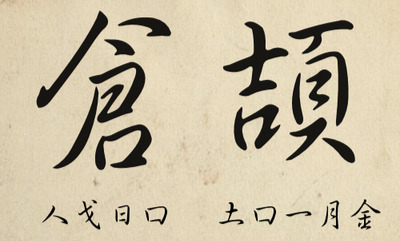
Would I recommend it?
Yes, if you think you have already acquired a good (enough) understanding of 漢字/汉字, and/or just like a new challenge.
(TL;DR at the end)
Why am I learning Cāngjié (and why you may like to, too)?
1. Mostly for fun.
Have long been intrigued by both Cāngjié and Zhùyīn, and since I finally mustered up the courage to tackle Zhùyīn not too long ago, I thought I'd finally give Cāngjié a try.
While learning Cāngjié does require more effort than learning Pinyin or Zhuyin, it can also be really fun! Inputting 漢字/汉字 with the Cāngjié method is almost like doing a jigsaw puzzle.
The euphoria derived from figuring out and piecing together the radicals that make up a word is something that learning Jyutping (Cantonese equivalent of Pinyin), Pinyin or Zhuyin can't quite match.
And while I know I'll never be as adept with Cāngjié — my knowledge of 漢字/汉字 is nowhere near good enough to ever use Cāngjié efficiently — as I do Jyutping or Pinyin (or to some extent, Zhuyin), it'll still be fun to use Cāngjié every once in a while!
2. Helps with thinking and typing in Chinese.
The upshot of relying too much on using Jyutping/Pinyin/Zhuyin is, I'd tend to think in Roman letters or ㄅㄆㄇㄈ before I'd even think about the actual 漢字/汉字.
But with Cāngjié, because it's based on knowing radicals and joining them together to form actual characters, it'll encourage thinking of 漢字/汉字 first, so I think that would help some with 漢字/汉字 memory retention.
Now you may be thinking, why not just you know, practise actually writing then? That is the tried and proven method to better remember 漢字/汉字 after all?
Yes, of course I can do that — and am doing so occasionally — but we live in a digital age now, and the probability and opportunity to type things out is much higher than actually writing stuff by hand.
The idea here is, more looking to think of and envision characters fully in my head, and trying to lessen over-reliance on Jyutping/Pinyin/Zhuyin.
And this is where I find Cāngjié can be useful, which leads to my next point…
3. Haunted by “What if” scenario.
What if there comes a day (however improbable) where I'm presented with only a Cāngjié keyboard to use for typing Chinese? It has happened with Zhùyīn for me!
That means, no Pinyin or Zhuyin keyboards, no Handwriting tools/touchscreens to write with fingers/mouse, no speech-to-text, and no option to copy-and-paste characters from somewhere else either! What then?
4. Able to type without knowing pronunciation, and with more accuracy.
Cāngjié is shape-based. Unlike Jyutping/Pinyin/Zhuyin, where you have to know what a character sounds like before you can type it out, with Cāngjié, you can type out (again assuming no Handwriting or other tools available) characters without needing to know how to pronounce them at all.
With shape-based typing, you'd also get more accurate hits in the first few 漢字/汉字 that show up, versus sound-based methods like Pinyin where for e.g., typing out “wan” will get you a whole list under the same sound and you may have to scroll through a whole lot to get the exact “wan” you need.
You can also type both Traditional and Simplified characters without having to toggle something or switch keyboards.
So how does one begin learning Cāngjié?
Install a Cāngjié keyboard.
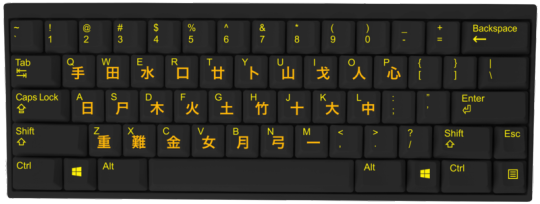
Duh…but of course! Heh! Gboard offers one, banded under Cantonese language input (Android user here, don't know about iPhones, sorry).
There are two versions of Cāngjié that are prevalent currently. Cāngjié 3 and Cāngjié 5. Cāngjié 5 is supposed to be an improvement over version 3 but I don't find there's much; having a slightly altered version just adds to the confusion and unnecessarily complicates matters, in fact!
If you have a choice, I'd recommend selecting Cāngjié 3 as that is more supported. Some operating systems may not be too compatible with Cāngjié 5 still, for some strange reason.


You may also come across something called “Quick” (速成) aka, “Simplified Cāngjié”.
This is simply a scaled down version of Cāngjié, it's still based on Cāngjié's formula. So you still need to know how Cāngjié works in order to use “Quick” efficiently.
You'd then need a chart like this. ↓
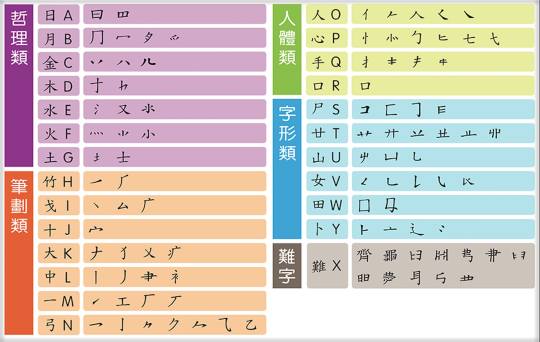
* the 重 (Z) key doesn't really come into use. I don't really know what it's for, but it seems to be used (paired with other keystrokes) mainly to type out various punctuation marks.
There are variants out there, some having a little more, or less, radicals shown than in the above example, but I'll say the chart here is one of the more comprehensive ones I've found so far (and sufficient enough) — other charts often fail to highlight the 難 (X) key and what it corresponds to.
You don't have to memorize the chart all at once. Just always have a chart like this on hand to refer to and with enough typing practise, you'll eventually remember which key corresponds with which radicals.
Remember the rules. ↓
“1 part” character (e.g. 寫) = first 3 & last (radical).
“2 parts” character (e.g. 唔龍) = first & last, first 2 & last.
“3 parts” character (e.g. 難) = first & last, first & last, last.
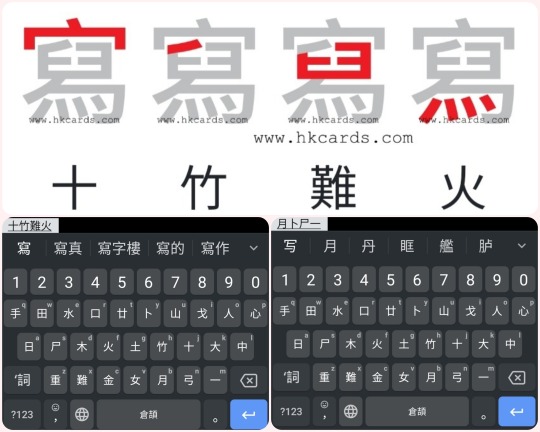
e.g. 寫 ↓
With radicals 宀,丿,臼 (first 3) and 灬 (last).
Corresponding keys: 十,竹,難 and 火。
寫 → 写 ↓
With radicals 冖,卜,㇆ (first 3),一 (last).
Corresponding keys:月,卜,尸 and 一。
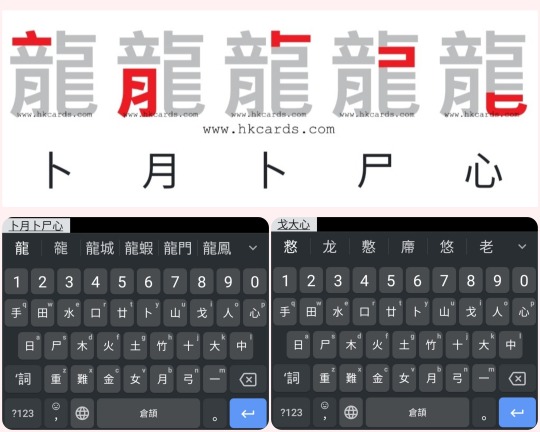
e.g. 龍 ↓
With radicals 亠,月 (first & last), 卜,コ (first 2),ヒ (last).
Corresponding keys: 卜,月,卜,尸,and 心。
龍 → 龙 ↓ (Simplified 龍 → 龙,a “1 part” character)
With radicals 丶,ナ,ヒ (first 3).
Corresponding keys: 戈,大,and 心。
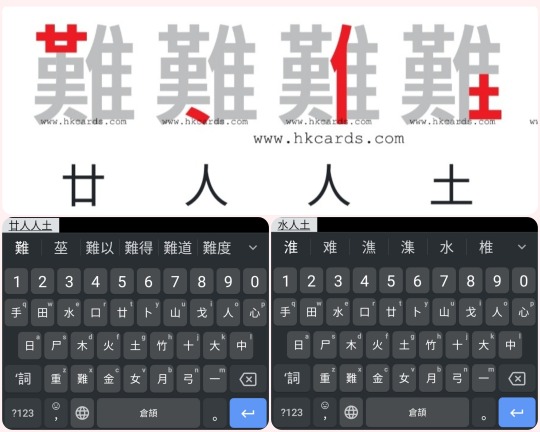
e.g. 難 ↓
With radicals 廿,人 (first & last),亻(first & last),土 (last).
Corresponding keys: 廿,人,人 and 土。
難 → 难 ↓
With radicals ヌ (first & last),亻(first & last),土 (last).
Corresponding keys: 水,人,and 土。
Occasionally, you may get a character that looks like a “2 parts” but is actually a “3 parts”. ↓

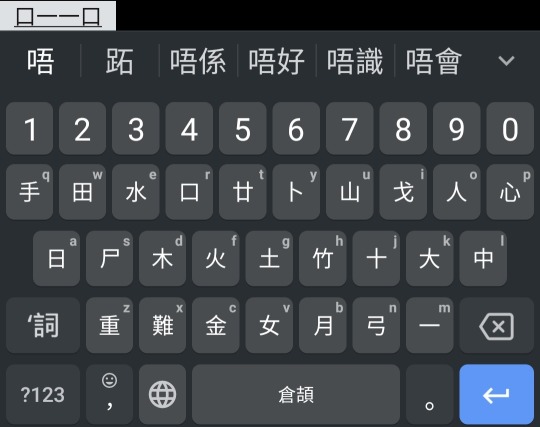
e.g. 唔 ↓
With radicals 口 (first & last),一,一 (first & last),口 (last).
Corresponding keys: 口,一,一 and 口。
Or looks like a “1 part” but really a “3 parts”. ↓
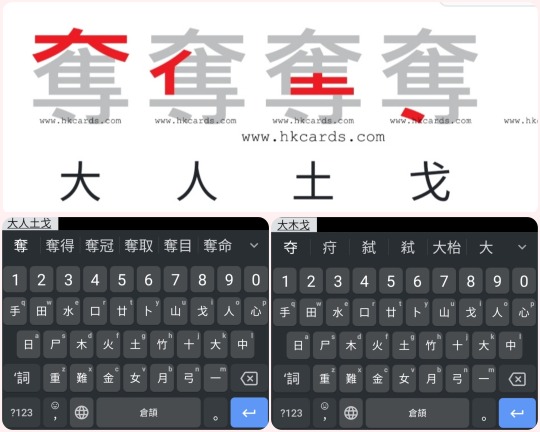
e.g. 奪 ↓
With radicals 大 (first & last),亻,土 (first & last),丶 (last).
Corresponding keys: 大,人,土,and 戈。
奪 → 夺 ↓(Simplified 奪 → 夺,a “1 part” character)
With radicals 大,寸 (first 3; the 丶 is the 3rd component).
Corresponding keys: 大,木,and 戈。
But these are exceptions, and don't occur that often.
And you can start practising!
You can try out this pretty good app called 『五色學倉頡』 (learning Cāngjié with 5 colours), for practise. It's on Playstore, just search for “Cangjie Dictionary” and it should show up.
You have to pay to unlock higher levels, unfortunately. ↓

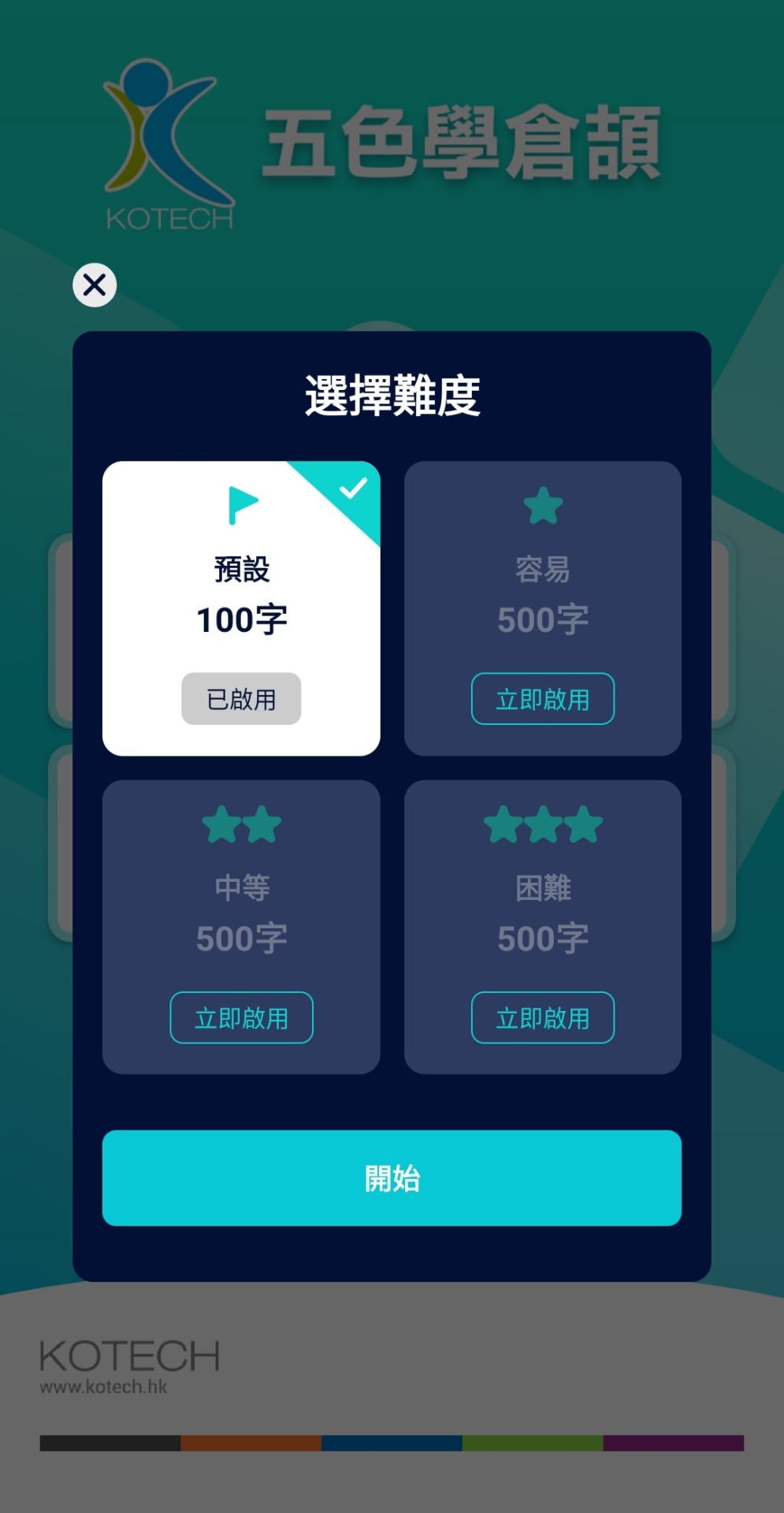

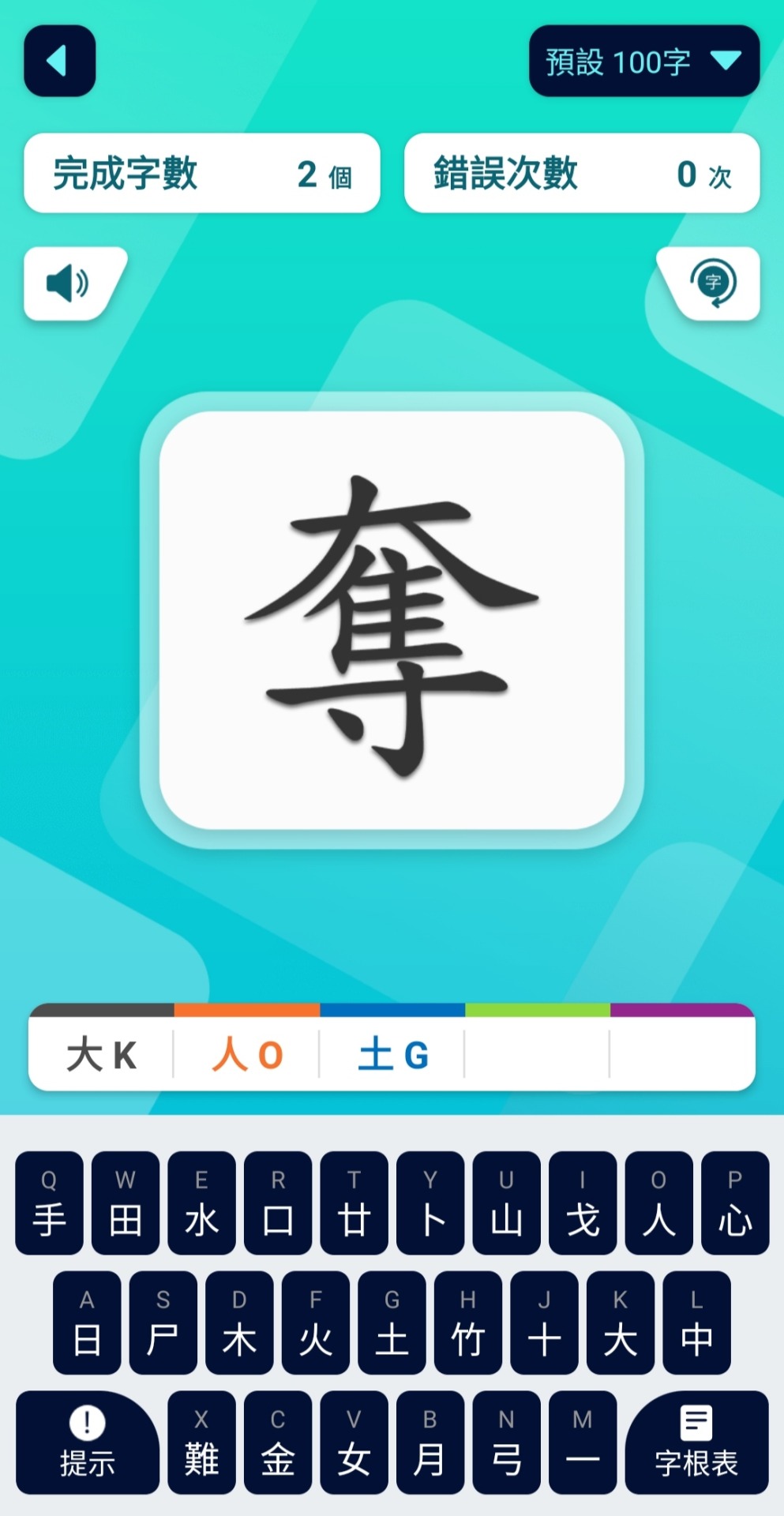
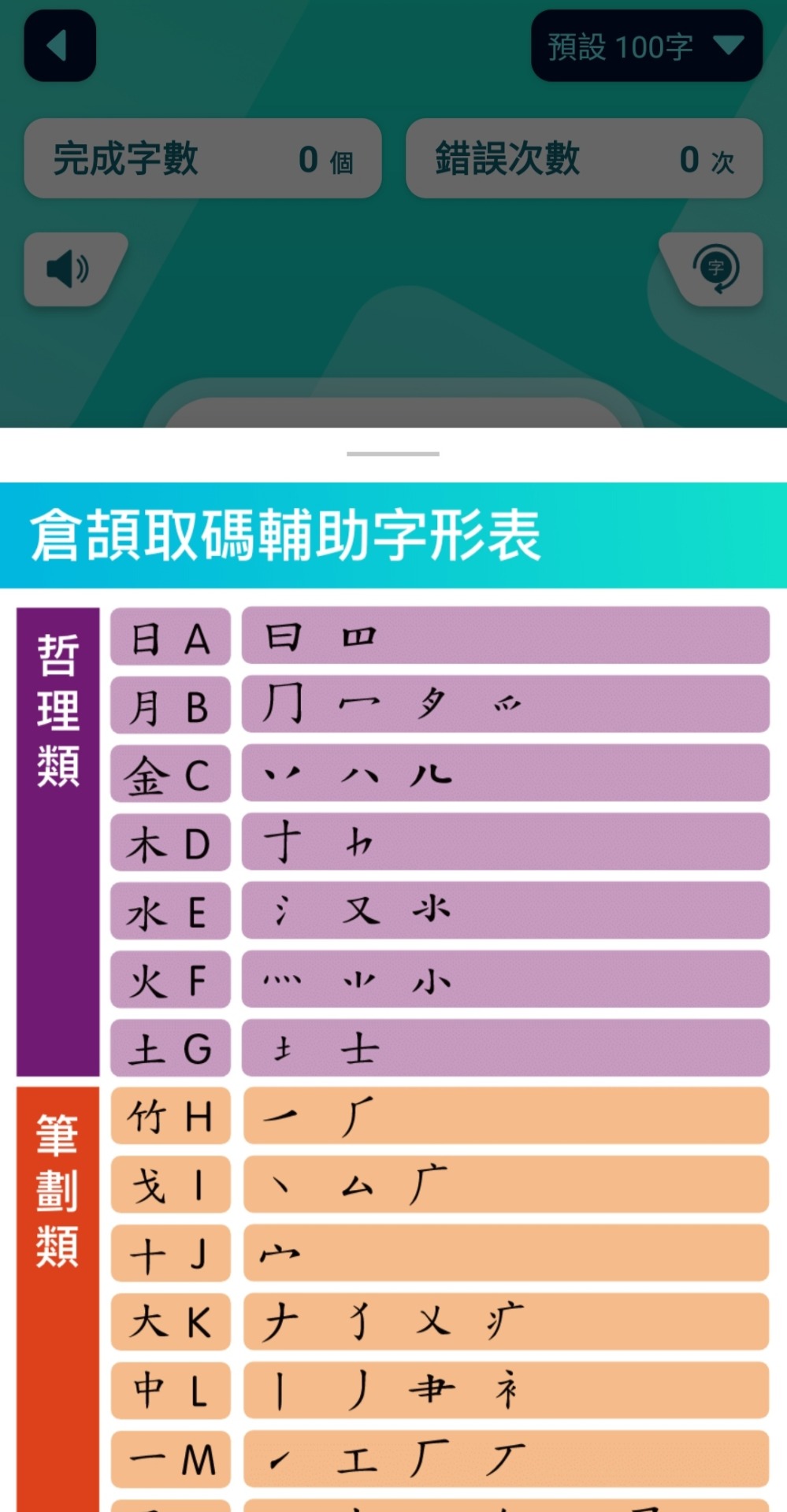
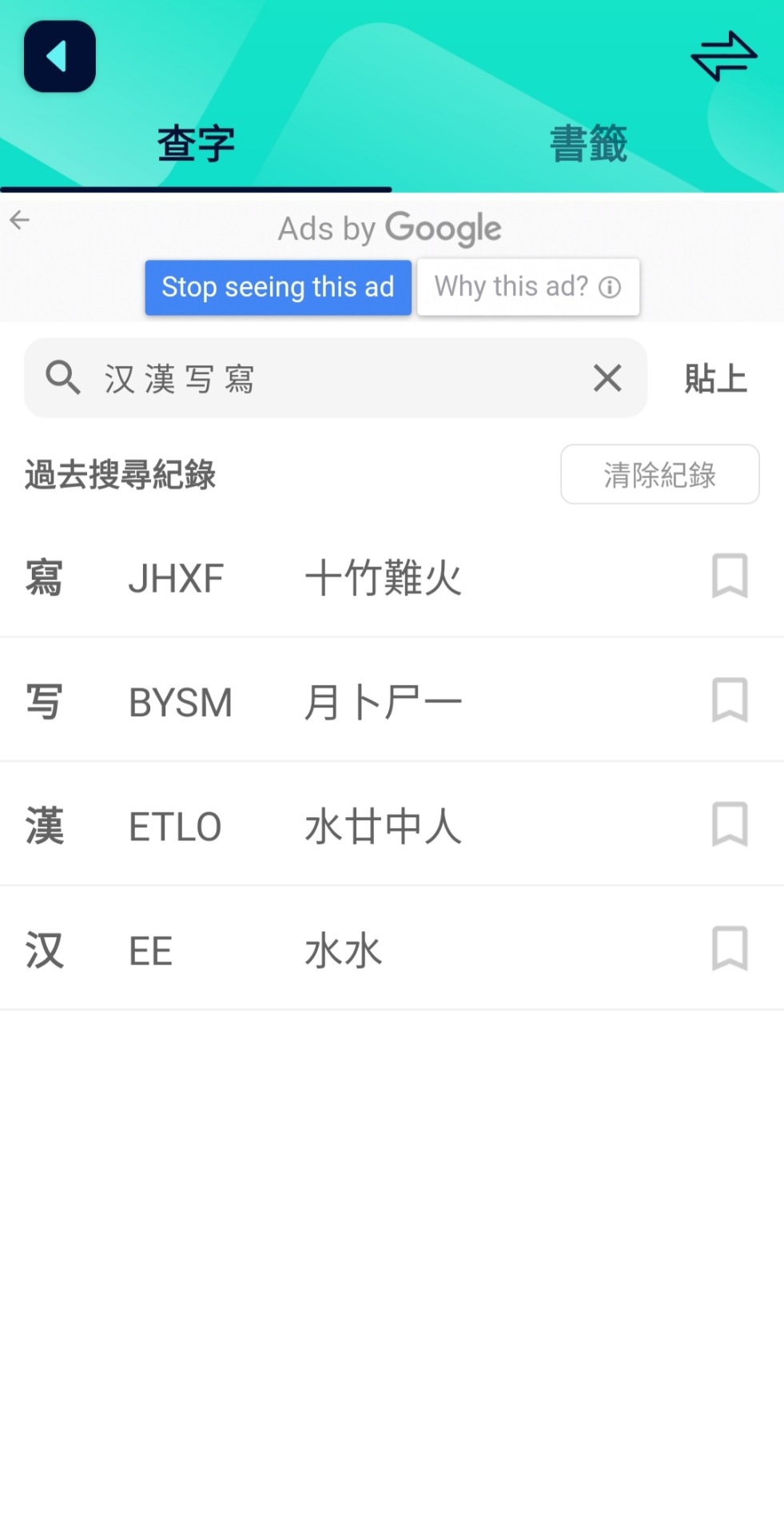
Anyway, each character comes with colour coded hints and you can opt to turn them off if you like more of a challenge. There are also hints (提示) and the chart (字根表) to refer to if you're really stuck. Also has a dictionary component (查字典) to check out the Cāngjié input for characters.
Another option would be a website called HKCards. ↓


You can use it to check the Cāngjié input for any 漢字/汉字, and there's section for practise (倉頡輸入法練習) as well. After inputting your answer with Cāngjié keys (手田水口廿卜), you can click on the “Answer” (答案) button to see how right or wrong your answers were. ↓

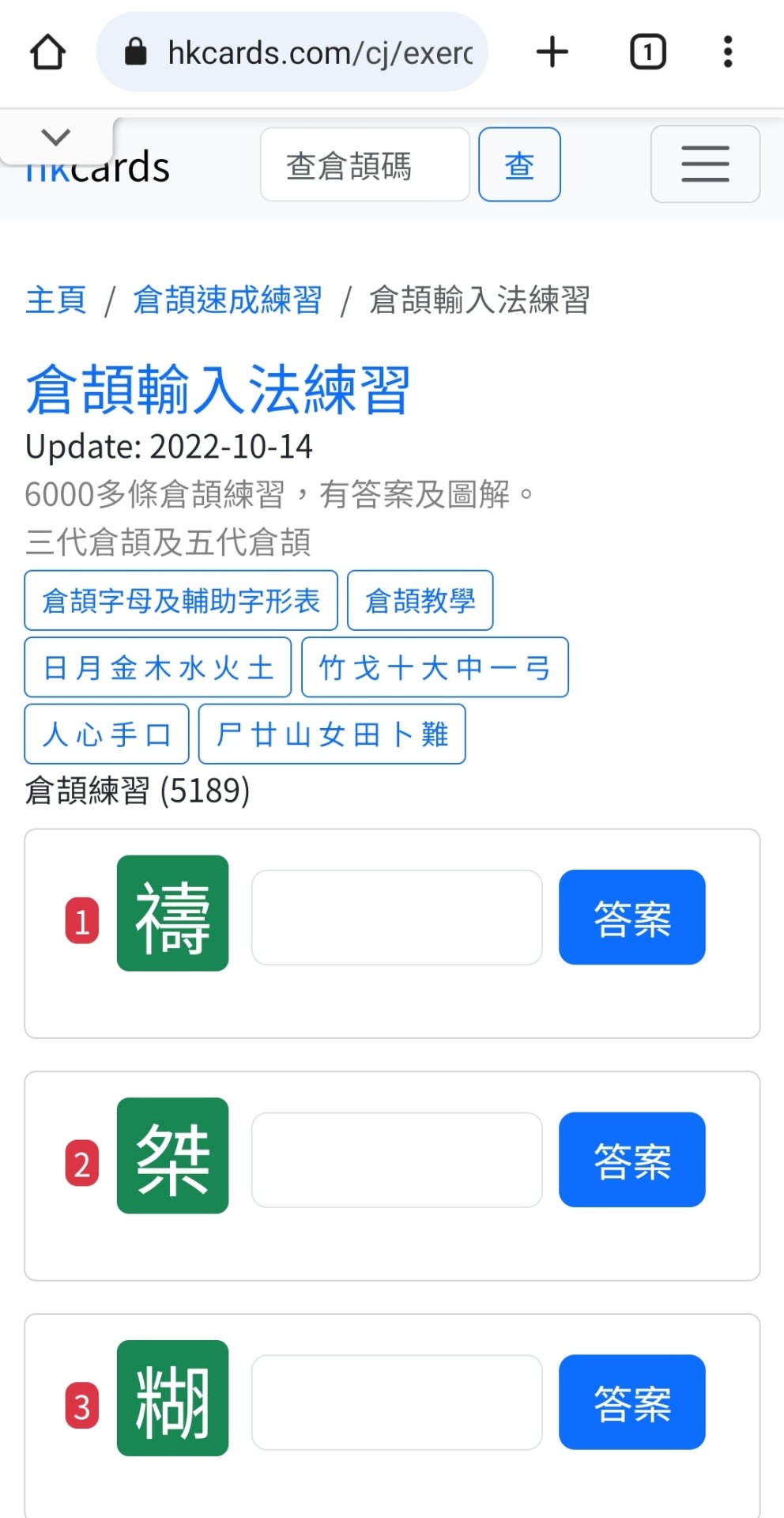
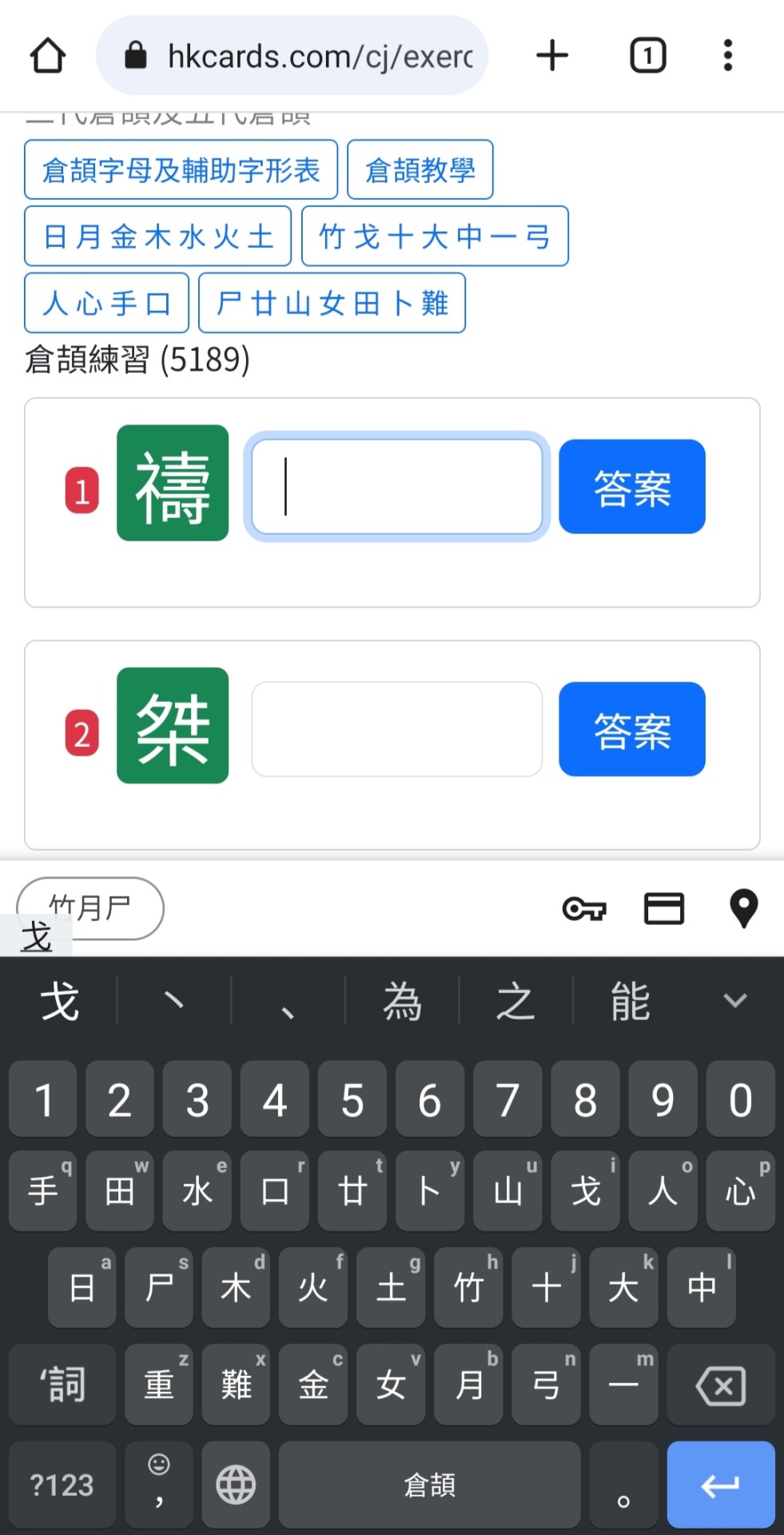

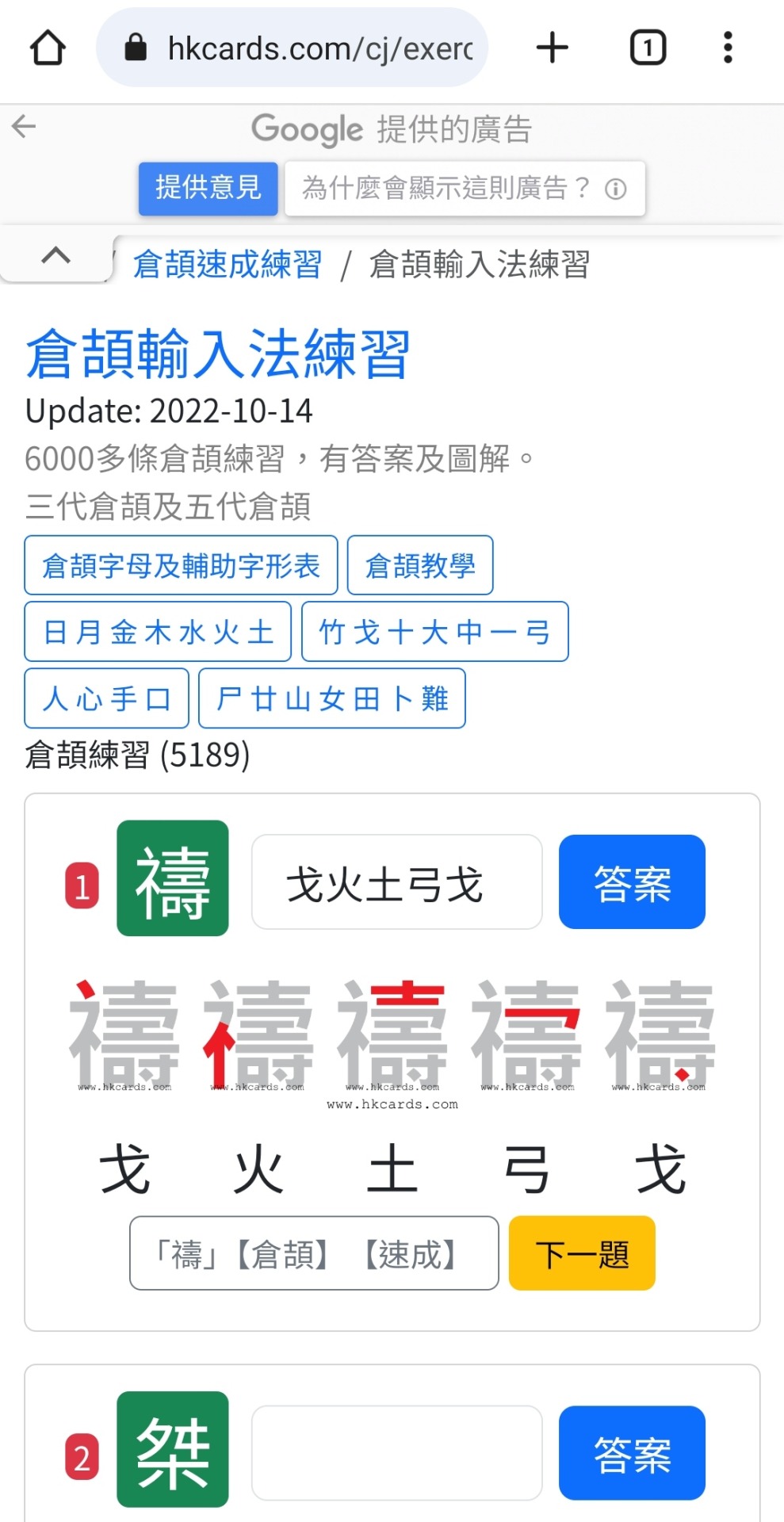
There are 8 characters each time, and you can just hit “Practise Again” (再做練習) to refresh for another 8 to practise with. I've yet to hit a limit.
Unfortunately, this website has lots of ads popping up. And it only supports searching in Traditional characters (Cāngjié was initially catered more for Traditional).
Or you can just try practising randomly with a Cāngjié keyboard and check for mistakes with a Cāngjié dictionary (『五色學倉頡』 app's dictionary comes in really useful here — it appears to support searching in Simplified too).
TL;DR
Cāngjié could be useful (and fun) to know if your 漢字/汉字 knowledge is already adequate, and/or you just like a new challenge.
And if watching videos is more your thing, here's a really helpful YouTube tutorial on how to use Cāngjié (has English subs)!
#Cangjie#Congkit#Cantonese#Mandarin#Jyutping#Pinyin#Zhuyin#Bopomofo#Traditional Characters#Chinese Language#Language#Long Post#Dake Rambles
266 notes
·
View notes
Text

除夕快乐!
新年快乐!
#hanfu#hanfu movement#my original characters#traditional costume#chinese hanfu#hanfugirl#hanfu chinese#digital painting
24 notes
·
View notes
Text
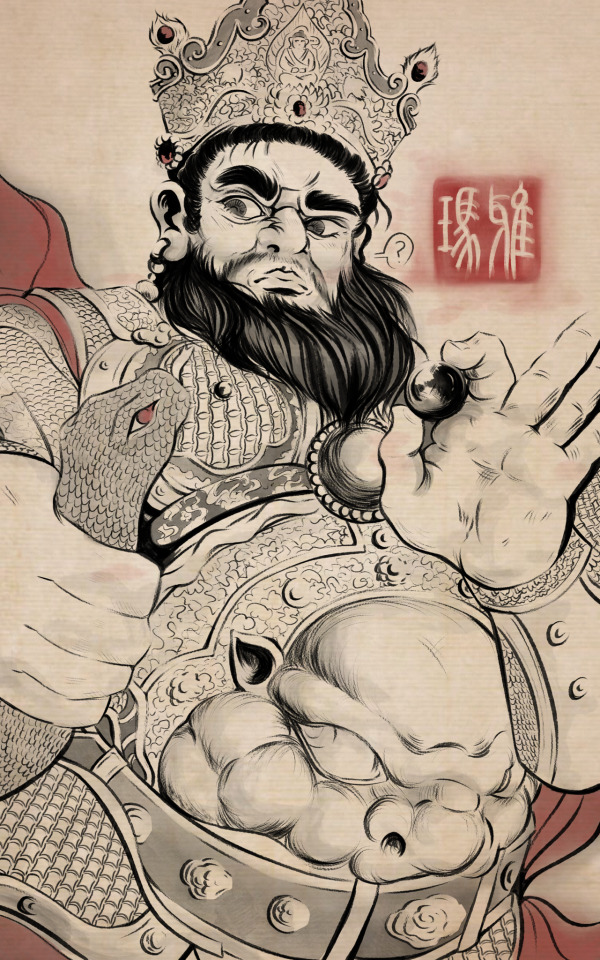
GOD OF THE WEST art
Hello sorry for not posting so much I made this for you to make him less scary bye bye have a nice day


Reference ⤴️. Traditional version ⤴️
#artists on tumblr#character art#digital art#artwork#my art#original art#god of the west#four heavenly kings#chinese art#chinese mythology#mythology#asian mythology#Buddhist mythology#artist support#art#traditional art#painting#tried to make it look more realistic and authentic
17 notes
·
View notes
Note
Wdym regulus emasculating sirius👁️👁️
I have no idea what you mean, Jamie, I have no idea. I think you are being strange-
I don't think Regulus does it in an "I was a born a woman and now suffers that while [Sirius] gets to prance around." Type of thing. I think if anyone thinks that, it's Walburga and Narcissa. The difference is that for example, Narcissa wants the position of power associated with a man while still being a woman (she thinks she's capable as a woman) while Regulus thinks he can be a better man himself as a whole.
Regulus doesn't view Sirius very highly in terms of being the Head of the House [Black]. Sirius goes against their family teachings, actively fights back against his family, and runs away, etc etc. With this, Regulus views him as rather weak, and since I think Regulus associated the purity views with love, he kinda also thinks that Sirius is a coward for not giving into those views for their family and by extension, Regulus. By emasculating Sirius, Regulus is admitting he can be a better "man" or he is "more of a man" than his brother.
I am aware that I sound like those people who say Regulus is sexist and believe me I know that, I'm sorry but I think sexism is so SO heavy in the stuff we embed into the Pureblood Society of Harry Potter (arrange marriages, victorian "aesthetics") (in my case, Chinese culture) that kinda "ties" everything together. Even though the idea of sexism is a rlly weird topic with Trans Regulus and the female characters of the Marauders (once again another thing that the fandom does to make up for the lack of female content). If you're gonna hc Regulus as trans, it is going to happen with the connections you put into the Purebloods. Yk? Anyway I'll shut up about this lol
Regulus is trying to validate the man he isn't allowed to be by emasculating Sirius' biological masculinity that comes with his identity as a cis man. It's less about the fact he's afab but it's more selfish, catering to Regulus, specifically as a closeted Trans Man. In a broader view, you could say it reflects his selfish nature in a very wide range way.
#ALL OF THIS IS SPOKEN IN A TRADITIONAL ASPECT I FEEL LIKE I HAVE TO SAY THAT GENDER ROLES DONT RLLY EXIST TO ME DO WHATEVER U WANT IDC <3#srry if this is a mess lolll#there is also something very interesting in the fact that regulus was brought up with the idea HE going to leave the family#by getting married and then sirius runs away/relationship with remus#all his situations reflect traditionally male-esque yet he is seen as a female by those around him#this also the case with bellatrix! All her situations points to being male-centered the only difference here is that she#in canon becomes a mom sealing her character as a woman#this is even more funnier since i was just calling cassius (Shakespeare) my pookie 5 secs ago#i probably sound so silly pls dont judge me#ivan gets the mail#regulus black#regulus arcturus black#trans regulus black#trans regulus#jamie tag#the black brothers#chinese black brothers
16 notes
·
View notes